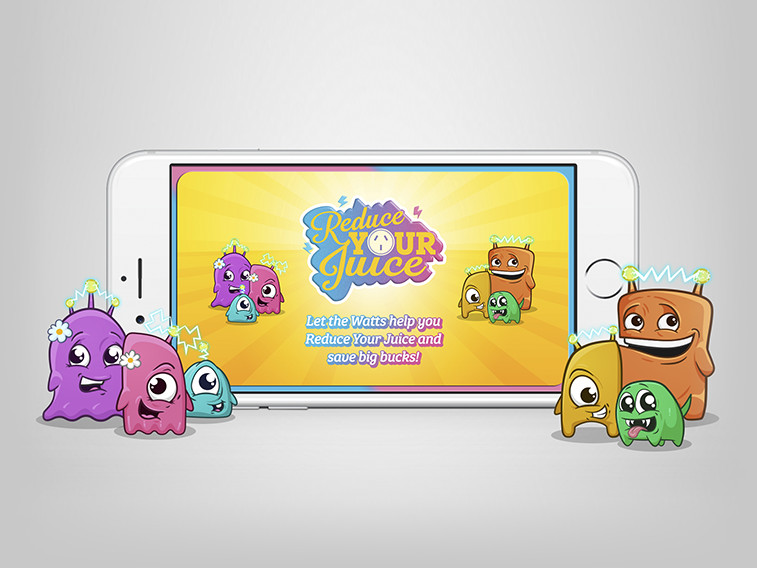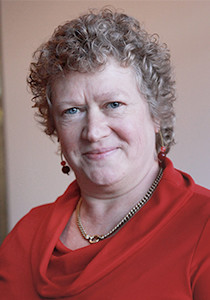Firmer consumer and steady outlook


Insight
If you want your marketing messages to have stronger impact and engagement, it might be time to consider gamification.

Engage people, offer rewards, tell stories, encourage people to be their best – there’s much that gamification can do to help marketing and sales efforts.
Wondering how to engage more effectively with customers, in an era where attention spans have plummeted and marketing messages jostle for headspace with a zillion other snippets of information on the average Facebook or Instgram feed?

Gamification – adopting techniques from the computer games industry’s playbook – can help organisations catch and keep customers’ attention and motivate behavioural change.
The reasons to do so can be compelling, according to Jennifer Wilson, a director of Sydney-based interactive media agency The Project Factory.
“Games get inside our psyche in a way a lot of other things don’t,” Wilson explains. “People will go back to games repetitively, even if they’re losing, because they’re enjoying the experience of what they’re doing.”
“There are a lot of techniques and tools that games use, which have been partly codified over time – things that make us continue to play or participate and, when we fail, go back and try again. Those features within games are really about greater engagement with the consumer.”
“So the thinking is, if you want your marketing messages to have stronger impact and engagement, is there anything that can be learnt from games?”
“Gamification doesn’t mean turning your marketing message into a game but using some of those gaming techniques to make it more compelling and memorable – it’s something you would add or include in your marketing, not a form of marketing on its own,” Wilson says.
Common gamification strategies include using competitions to engage people, offering rewards to those who accomplish tasks or progress through a series of levels, publishing leader boards to encourage individuals to compete, and personalising messages to participants.
Many of these techniques can be seen in action in heavily gamified loyalty schemes, such as frequent flyer programs, which are a key element in airlines’ campaigns to increase customer retention, Wilson says.
“You participate and earn points and you can spend those points to enhance what you’re doing and improve your ability to play the game more – to upgrade to sit in a better class or get membership to a better club,” she says.

“There are levels you go through to move up within the ‘game’ – bronze, silver, platinum membership … or you can trade your points against something else. You’re advised when you’re a certain number of points away from a status upgrade.”
“People respond to these sorts of cues really strongly, so they’re the sort of gamification elements which marketers are taking advantage of, to try to improve the ‘stickiness’ of their messages.”

Gamification formed the basis of Reduce Your Juice, a highly successful digital program run by CitySmart, a business unit of the Brisbane City Council, to teach young renters on low incomes how to save money by reducing their energy usage.
Designed by advertising agency BCM Partnership, the program consisted of a series of mobile games which encouraged participants to focus on one aspect of energy efficiency each week and rewarded those who took part in ‘energy quests’ and ‘power hacks’.
Sixty per cent of the initial 1,000 recruits finished the program, according to BCM managing director Kevin Moreland. Completers played five times more than required and reported average savings of $58 on their next power bill.
Moreland says the use of gamification enabled Reduce Your Juice to achieve ‘cut through’ which conventional educational materials or e-learning modules could not have matched. “I’ve tried to convince people over the years to reduce energy and people just aren’t that interested,” Moreland says.
“It’s interesting, when you use something like this program, reducing energy use is not the apparent primary message but users are getting that message in spades and they’re actually doing things differently to make it happ en.
“Different learning is starting to be embedded, which is really the object of the activity – people were actually engaged with the program and there was strong evidence that it achieved business outcomes in the form of savings for participants.”
The exercise may provide food for thought for companies and marketers looking to connect with customers in an increasingly cluttered and fragmented media landscape.
“There’ve been observations over time that playing games is very compelling so organisations that want additional engagement are becoming keen to capitalise and tap into that,” Moreland says.
© National Australia Bank Limited. ABN 12 004 044 937 AFSL and Australian Credit Licence 230686.